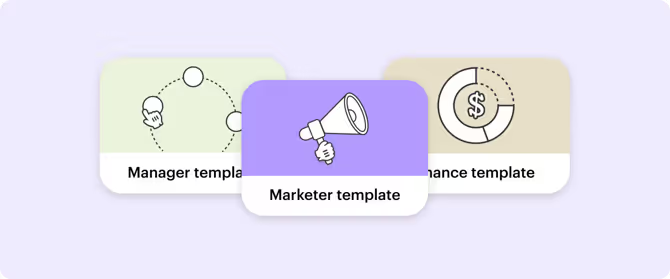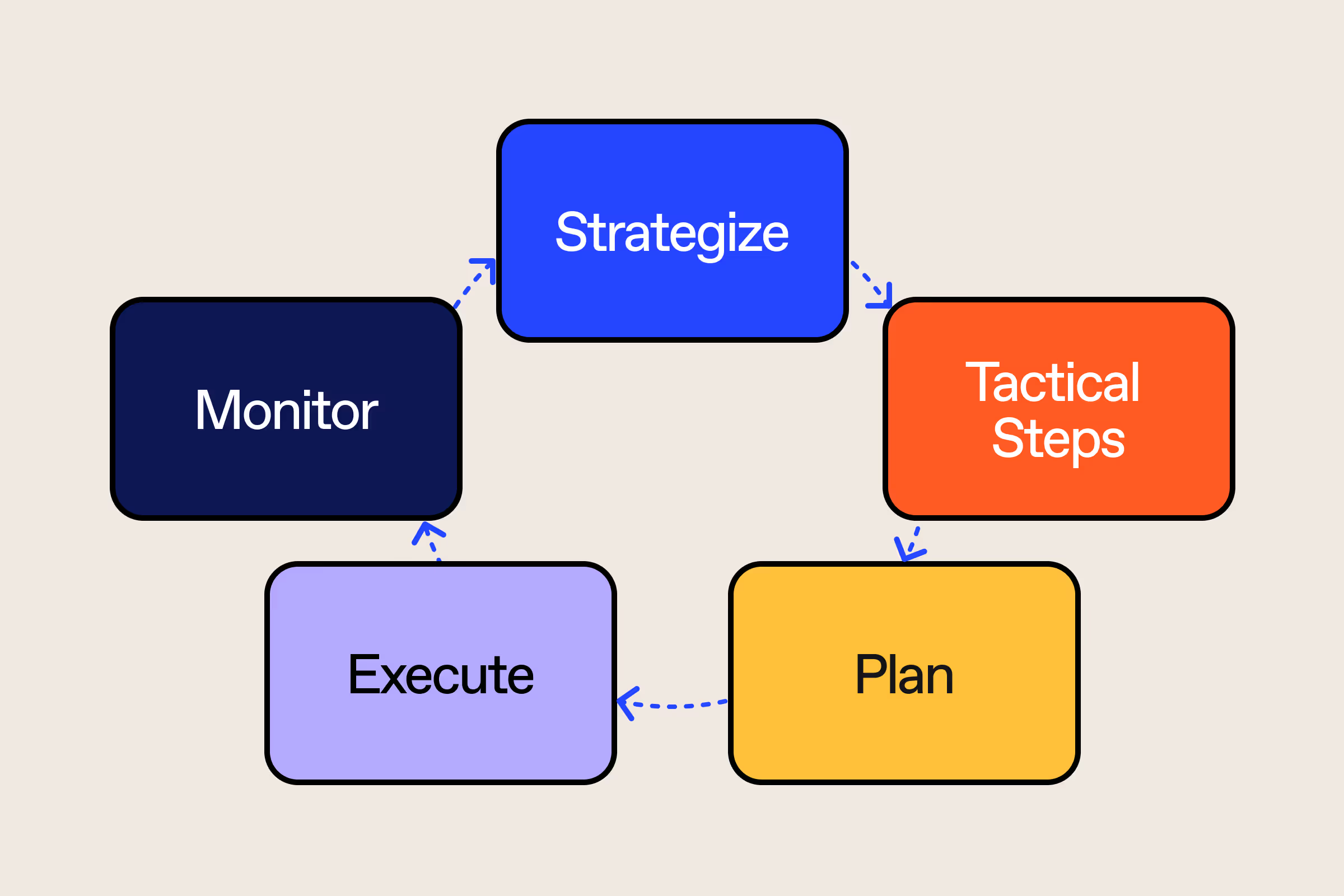10 onboarding templates and checklists for every kind of new hire

%20(1).png)
If you’ve been tasked with developing an onboarding process, it’s hard to know where to begin. Fortunately, you don’t have to start with a blank page (or worse, a blank spreadsheet).
Below, you’ll find a collection of onboarding templates that meet the specific needs of several different roles and employee contexts. To make sure that these template, we’ve gathered information from employees, employers, and market studies. Remember—a great onboarding experience can improve new hire retention rates by 50%.
We’re excited to share our onboarding templates and checklists with you in one easy-to-access place so that you can mix and match the best templates for your particular organization!
Why use an onboarding template?
- Saves you time: relying on onboarding templates saves you preparation time that you would have used to brainstorm and research onboarding ideas, interview stakeholders, and build from scratch. Instead, you can use this time to ensure that your new hire has a smooth warm welcome to your organization.
- Establishes a standard: when companies provide a standard across all departments, they help to establish a uniform corporate culture that allows teammates to feel like they’re all working for the same goal. While every department is going to have slightly different onboarding needs, using a similar template for each can be very influential.
- Points you in the right direction: establishing HR standards is hard even for people operations experts. When you use a template, you don’t have to second guess whether you’re including the most important information.
- Prevents knowledge transfer gaps: with so much to teach every new hire, we can expect some information to slip through the cracks. Onboarding checklists and templates are instrumental in ensuring you’re not forgetting something important.
- Stellar first impression: starting a new job is scary, and your new hire wants to feel like they’re in good hands. A well-executed highly-polished onboarding experience starts with a great template.
10 different onboarding templates examples to inspire you
New hire onboarding template
If you’re hiring for a general position or for a position that’s hard to define, you can still benefit from checklists and templates. In fact, you might benefit from a preset framework even more because it can help you narrow down your new hire onboarding tasks to only include the most important things that they need to do their position.
This highly-customizable new hire template allows you to choose from more than 53 recommended activities that apply to most new hires, including sessions that explore their job objectives and responsibilities and the company’s overall goals.
Manager onboarding template
Hiring at the manager level requires the knowledge transfer of big-picture, high-stake company information. It can feel very overwhelming for both onboarder and onboardee and it’s hard to know which info is pertinent at what time.
Workleap's manager onboarding template allows hiring managers to collaborate with other team members who hold the important key to your manager’s success (like IT teams, other managers, and even entry-level employees). It enables you to have a healthy mixture of team-building exercises and metric briefing so that your manager comes out of their onboarding experience with a knowledge of what’s important to the company and the impact they can make.
Executive onboarding template
Considering that executive positions are very senior-level, there is a common misconception that new executives don’t require an onboarding period. The exact opposite is true. Although executives aren’t new to their industry, they’re new to your company and must be given a proper introduction to their new role.
Workleap Onboarding's executive template comes perfectly-packed with high-level sessions including those that dive deep into your business ambitions and strategy as well as important initiatives. It also adds important people elements, allocating time for your new executive to meet other key employees and socialize with their coworkers.
Developer onboarding template
Developers are what (literally) helps a business run, whether it’s a software business, product business, or something entirely different. Although developers often work independently, it’s still important that they’re onboarded as part of the team.
Onboarding's developer template offers a variety of onboarding ideas that balances the need for highly-technical training sessions with team-building events that focus on nourishing soft skills and providing an introduction to the company.
Sales onboarding template
Your sales team is the face of your business, so it’s extra important that they understand all of its ins and outs. And while a lot of their skills will be learned on the go, it’s still very important for a sales team to be equipped with a complete customer profile before they embark on their day-to-day tasks.
Our sales onboarding template includes unique cards that you won’t find in other onboarding templates, including a task to listen to recorded sales calls and a task for diving deep into your ideal customer profile—two sessions that are sure to empower any new hire.
Designer onboarding template
Designers are a creative bunch, and you can help them flourish within their role by giving them a strong foundation to work off of. The designer onboarding template from Workleap Onboarding features, among other things, a complete overview of your org’s design system and even comes with an opportunity for your new designer to shadow an existing employee.
Other unique cards include a deep dive into the roles of each designer’s teammates and a special focus on the role that feedback plays in your org. By the end of the onboarding period, your design will feel confident to let their creative visions out.
Marketing onboarding template
Marketing roles can vary quite a bit in their day-to-day tasks and area of responsibility. One thing is for certain, though—in order to succeed at their job, marketing professionals need to have the full inside scoop on how their business works and how they can create marketing campaigns that align with company goals.
Give your marketing hires a great start with our marketing onboarding template, where sessions include an overview of your Go-To-Market playbook and a bird’s eye view of your competitor landscape.
Finance onboarding template
If you think that finance roles are just about the numbers, think again. Your finance team needs to be just as well-integrated as everyone else. You can immerse them in your company’s landscape with Workleap's finance onboarding template which includes tasks to teach how you track business expenses and how to show your new hire how your company performs financial forecasting.
Support onboarding template
Have you ever heard the phrase “help me help you”? In order to provide the support that they were hired to do, team support members need a proper onboarding that shows them team objectives and customer service tools. You’ll get this and then some in the Onboarding support agent template.
Recruiter onboarding template
Recruiters are the company cheerleader, so it’s extra important that they know that they have to be excited about. This template provides you with a great framework for showing new HR hires how you track applicants and what you look for in your ideal candidates.
It may seem strange to onboard somebody so that they know how to onboard, but going about it any other way would be like selling a car that you’ve never driven. Set your new hire up in the driver seat so that they can hit the road at full speed.
%20(1).png)

%20(1).avif)


.avif)
.avif)








